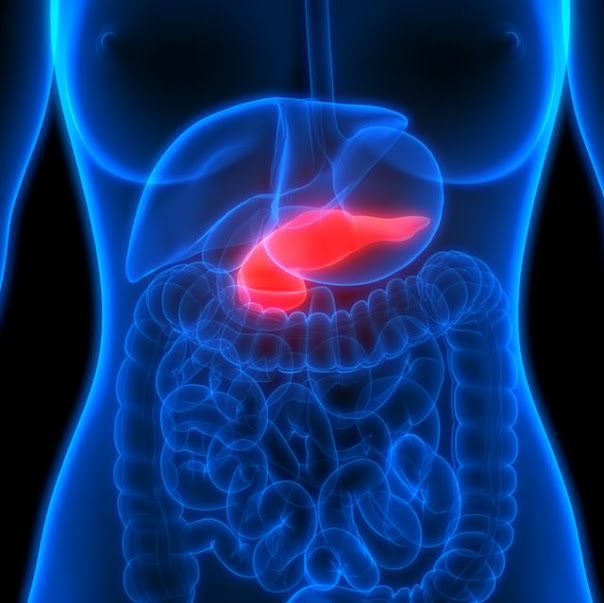Major Symptoms and Signs of Pancreatic Cancer

Pancreatic cancer patients care experts found that the growth is in some cases called a "quiet" illness since indications are once in a while perceptible in its beginning phases. In case side effects are available, they are frequently obscure and can be not entirely obvious. Coming up next is a rundown of seven normal side effects. While they can be brought about by other ailments, the Pancreatic Cancer Action Network suggests that anybody encountering at least one of these side effects talk with a specialist. pancreatic cancer patients care Your Back or Stomach Hurts Torment in the mid-region or mid-back might be brought about by growth. Contingent upon its area, the growth might be pushing against nerves or organs close to the pancreas or obstructing the gastrointestinal system. You're Bloated Pancreatic cancer problems can mess up stomach related problems, which might cause gas and swelling. Pancreatic disease can likewise cause ascites, the development...
